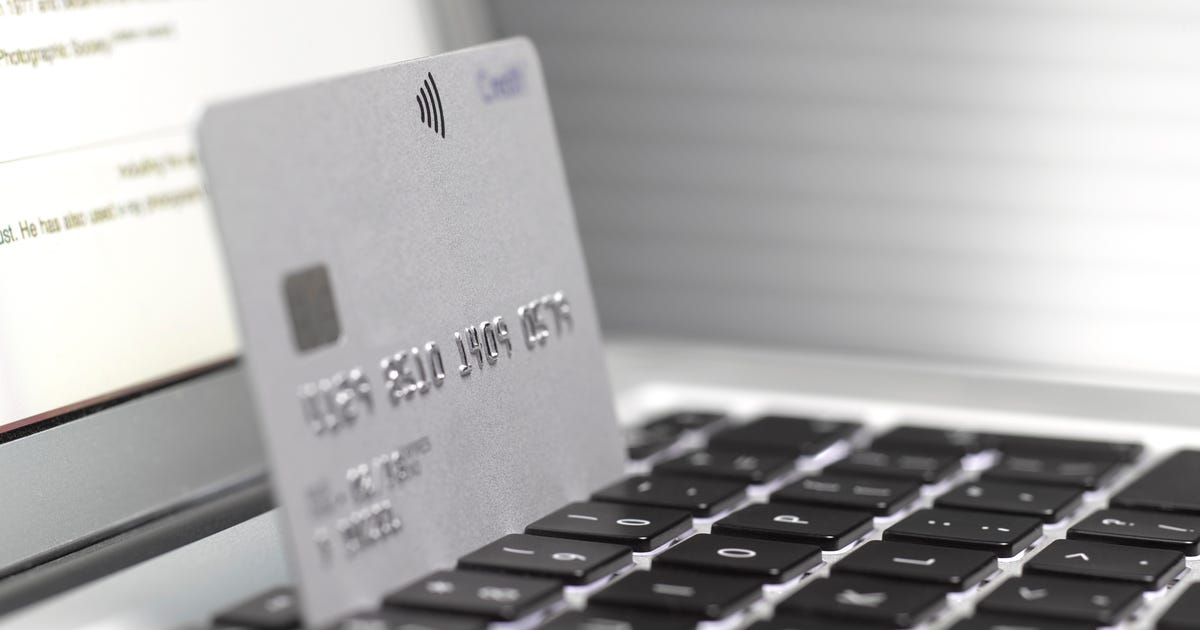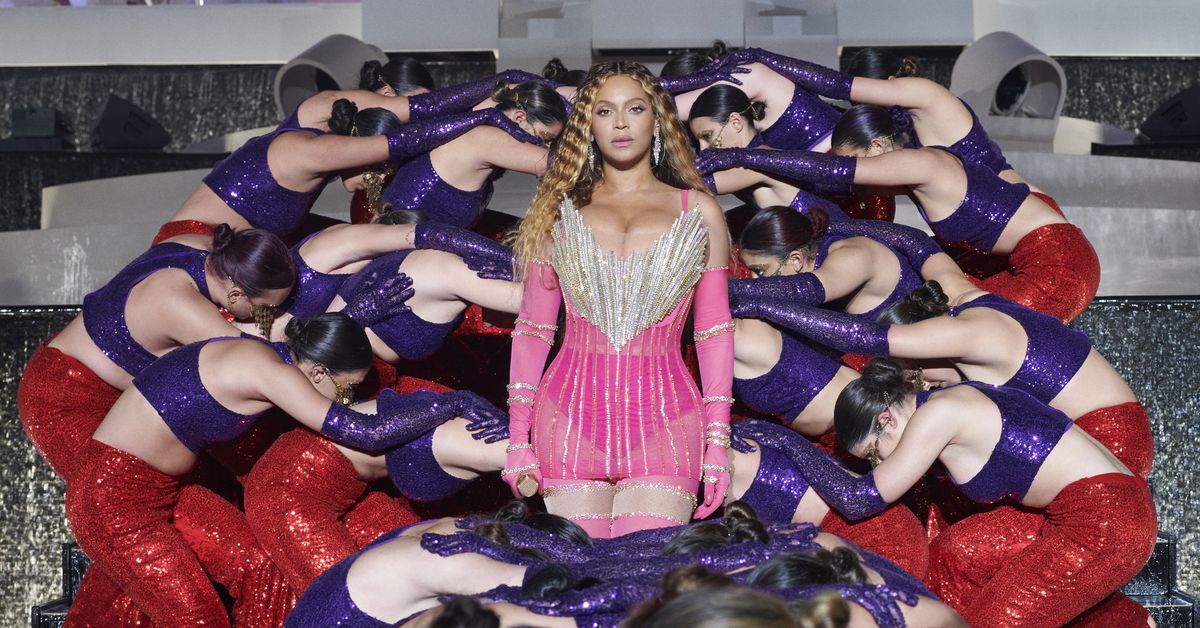What’s happening
Inflation is decreasing, but the Fed will likely continue to raise interest rates in small increments.
Why it matters
The rate hikes will impact how much interest your credit card balance accrues.
What it means for you
Your credit card balance will become more expensive if you don’t pay it off in full.
The Federal Reserve doesn’t directly set interest rates, but its decisions reverberate across financial markets and eventually influence credit card annual percentage rates, as well as affecting other financial products like loans and mortgages.
In an effort to tamp down inflation, the Fed — the US central bank, which is in charge of monetary policy — has increased the federal benchmark interest rate by 3.25 percentage points this year. It now stands at its highest point since the 1980s.
In the latest Consumer Price Index report, the US Bureau of Labor Statistics measured December inflation at 6.5 percent year over year, down from 7.1 percent in November and its high of 9.1 percent in June. December is the sixth consecutive month of inflation slowing.
Following its 50 basis points increase in December (that’s half a percentage point), the Fed has voted to raise interest rates by 25 basis points in February. That brings the federal funds rate from 4.5% to 4.75%. The Fed indicated that, though inflation has slowed, ongoing increases are likely. That means your credit card interest rates will continue to rise as the Fed works to keep inflation low.
Below, we break down the role of the Federal Reserve, and how its interest rate changes can affect your credit cards’ APRs.
The role of the Federal Reserve
The Federal Reserve is in charge of setting the monetary policy for the US. It aims to bolster labor and stabilize the country’s economy. One such way that it can do that is by adjusting the federal interest rate, or the rate at which banks can borrow and lend funds. When the Fed increase rates for banks, it in turn increase the interest rate for people, which is why credit card interest rates and savings account annual percentage yields go up.
Factors that influence credit card rates
By raising the federal funds rate — the overnight interest rate between banks — a domino effect causes credit card APRs to increase. Though the federal funds rate only directly dictates lending between banks, this affects the banks’ costs, which are in turn passed on to consumers.
The prime rate, which is the basis for all borrowing rates for bank customers, is derived from the federal funds rate. Premiums are tacked onto it depending on an applicant’s creditworthiness and institutional factors. This yields effective interest rates, such as credit card annual percentage rates.
But when should you expect credit card rates to rise? Credit card APRs are adjusted almost immediately, usually within a billing cycle or two. You’ve probably already been subject to new APRs from previous rate hikes without even realizing it.
If you pay your credit card bill in full every month, you have nothing to worry about. But if you have a balance on that card, carrying it month to month will cost you more once rates increase.
Here’s an example. Let’s say you carry a credit card balance of $5,525, which is the national average according to the credit bureau Experian. Meanwhile, the average new credit card interest rate is roughly 20%. If you make only a minimum payment (let’s assume the minimum payment is the standard 2%), paying off your card’s balance would take you just over 58 years and cost you more than $24,750 in interest.
However, if credit card interest rates were to increase by one percentage point, paying off the same balance would take over 76 years and cost over $34,400 in interest. Do your own math using CNET sister site Bankrate’s credit card minimum payment calculator.
How to minimize the impact of increasing interest rates on your credit cards
So what should you do right now? Here are six steps you can take to pay your credit card balance and save money.
1. Pay off, or at least down, any existing credit card debt
US consumers have done a good job lowering their credit card debt during the pandemic. As Experian found, the average credit card holder lowered his or her card balance by almost $400 in 2021 compared with 2020. So chances are you’re already in debt-paying mode. Kudos to you!
The first step to paying off your debt is simple: Apply any disposable income to credit card debt. (And if you don’t have enough disposable income to begin with, don’t panic. I’ll get to that in a minute.)
Where to begin? The average US consumer has around three credit cards, so there’s a chance your credit card debt is spread across multiple balances. There are two popular methods for paying down multiple balances: the snowball method and the avalanche method.
- The snowball method suggests starting by paying off your smallest debt first, regardless of its interest rate, and letting your initial success carry you until you pay the debt with the highest balance. Proponents of this method argue that this strategy allows you to create a snowball effect, or momentum that encourages you to pay off multiple debts.
- The avalanche method, on the other hand, proposes that you start with the debt with the highest interest rate. Once you’ve paid off that high-interest balance, you move on to the balance with the next highest interest rate, and so on.
Which method is better? Avalanche method fanatics — and many personal finance experts — will tell you that paying off high-interest debt first makes more sense from the financial standpoint. The faster you pay debt this way, they say, the more money you’ll save in interest over time. But if paying off that debt will take you years, you may be discouraged by what seems like minimal progress for maximum effort. You might end up throwing in the towel and keep accruing debt.
My advice is to go with the method that’ll keep you going, whether it’s snowball, avalanche or a combination of both. In the end, what’s important is to save money by avoiding interest charges.
2. Transfer your balance to a 0% APR credit card
If you have a good credit score, chances are you may be eligible to apply for a balance transfer credit card. The best balance transfer cards let you transfer a balance from another card — as long as it’s from a different bank — and pay it with no interest for a set period of time, usually between 12 and 18 months. Some cards in the market are currently offering up to 21 months.
Make sure to consider fees when shopping for a balance transfer card. Most cards charge a balance transfer fee, usually 3% of the amount transferred, though some cards charge no balance transfer fees.
Next, use CNET sister site Bankrate’s Credit Card Balance Transfer Calculator to estimate how long it’ll take you to pay off that balance based on how much you could pay each month. Then, look for a card with a similar zero interest promotional period. Remember that once the promotional period ends, the card’s regular APR will kick in, and you’ll start paying interest on any remaining balance on the card. Consider applying for the card that, combining balance transfer fees and intro period, will allow you to pay off your balance for less.
3. Focus on paying down card debt, not on earning points or cash back
Earning cash back, points and miles on everyday purchases and redeeming them for free trips or the newest smartphone is every savvy cardholder’s dream. But if you’re carrying a balance on your credit cards and keep charging expenses you can’t pay at the end of the month for the sake of earning points, you need to stop immediately.
Here’s why. As I mentioned before, the current average interest rate is above 16%. Some of the best credit cards earn up to 6% back in rewards per dollar spent on specific categories, like grocery store purchases or airline tickets. However, most of the best flat-rate cash back cards earn no more than 2%. Any cash back, points or miles earned will be easily wiped out by interest if you don’t pay for your purchases in full when your statement is due.
If you carry a balance, there’s a way to put those hard-earned cash-back dollars to good use. Use them to lower the balance on your card instead by redeeming them for a statement credit.
4. Consider additional sources of income to pay off credit card debt
But what if you don’t have any additional cash at the end of the day, or the month, to pay down card debt?
That might be the reason you got into debt to begin with — and that’s OK. We’ve all been there. But adding an extra source of income can help you tackle any kind of debt faster, including your credit card’s.
Here are a few ideas you can try to earn more disposable income and pay down credit card debt:
- Take on a side gig. Are you good at math or fluent in a foreign language? Tutoring can be a viable option for a side job. Do you have free time during the week and a car in good condition? You might want to consider Uber, Lyft or DoorDash. Many successful Etsy stores started as a side hustle. Consider an activity you enjoy and make sure to follow these tips, as taking on a side gig might have tax implications.
- Rein in your expenses. Duh, I know — it sounds obvious, but it’s not that simple. According to the Federal Reserve, almost 40% of Americans don’t have $400 in emergency cash. Whether this is your case or not, maybe it’s time to align your expenses with your income, create a budget and stick to it. The good news is that you can add paying down card debt as one of your ongoing expenses, and you don’t have to create a budget from scratch or manage it all on your own. The best budgeting apps can help keep track of your spending and identify expenses to cut back.
- Sell stuff you don’t use that’s just sitting around the house. From that dress you wore only once at a wedding to the portable sauna you got for your birthday but never fire up, reselling both used and new stuff online can help you earn the extra cash you might need to pay off credit card debt. There are plenty of places to do that. The Penny Hoarder has a good roundup of 14 websites and apps for selling stuff online.
5. Stop using your credit card and switch to cash or a debit card
Credit cards are great financial instruments to pay for large or unexpected purchases over time, improve your credit, earn points or cash back for trips or dream buys, or even give you access to generous travel benefits, like airport lounges or priority security access. But they can also tempt you to overspend and to incur debt fast if you don’t manage them responsibly.
If you find yourself spending more when using a credit card, maybe it’s time to give plastic a break. Studies suggest that paying with a credit card might lead to overspending because the “pay pain” is removed from the transaction. In other words, when you charge a purchase on your credit card, the money doesn’t leave your wallet or bank account right away, which may mislead you into thinking you can afford whatever you’re buying.
Switching to cash might be more difficult than before, especially since many businesses during the pandemic switched to contactless payments or stopped accepting cash, for safety reasons.
However, you could use a P2P payment app, like Venmo or Zelle, or simply your debit card. That way, the moment you make a purchase or pay a bill, the money gets instantly withdrawn from your bank account, helping you get a better sense of how much you’re spending.
6. Leverage your credit with a zero percent credit card
If you don’t carry a balance on your credit card right now, congratulations! But if you have good credit, you might still want to consider applying for a no-interest credit card. Even if you pay your balance in full every month, there may be some benefits in the midst of rising interest rates. You can pay for a big-ticket purchase interest-free, or have a zero percent card on hand in case of emergency.
Improving your credit utilization ratio and upping your number of accounts by opening a new credit card can be beneficial for your credit score, too. This type of simple move could be really beneficial for you in the long run, particularly if you plan to finance a home, auto or other big purchase in the future.
More credit card advice
#Federal #Reserve #Raises #Interest #Rates #Means #Credit #Card #Balance






